Introduction:
For many children, a sleeping bag is more than just a place to sleep. It’s a ticket to adventure—whether that adventure takes place in a backyard tent, at a friend’s sleepover, or under the stars in the great outdoors. Kids sleeping bags are designed to offer warmth, comfort, and a sense of security, making every sleeping experience an exciting one. This guide will walk you through everything you need to know about kids sleeping bags, from selecting the right one to ensuring it stays in tip-top condition.

Types of Kids Sleeping Bags
Kids sleeping bags come in a variety of styles, each suited to different environments and preferences.
- Rectangular Sleeping Bags: These traditional sleeping bags offer plenty of room for movement, making them ideal for kids who don’t like to feel restricted.
- Mummy Sleeping Bags: Shaped to fit the body’s contours, these bags are excellent for colder environments as they retain heat more efficiently.
- Double Sleeping Bags: Perfect for sleepovers, these allow two kids to sleep comfortably side by side.
- Themed Sleeping Bags: Featuring favorite characters or motifs, themed bags make bedtime fun and can ease the transition for kids sleeping away from home for the first time.
Choosing the Right Material
The material of a sleeping bag not only dictates its comfort but also its suitability for various conditions.
- Synthetic: Most kids sleeping bags are made with synthetic fill, which is durable, easy to clean, and provides warmth even when wet.
- Cotton: Cotton sleeping bags are soft and comfortable, ideal for indoor use or warm weather. However, they’re not the best for retaining heat in colder environments.
- Down: Though less common in kids sleeping bags due to its higher cost, down fill offers unparalleled warmth and lightness for those extra-cold expeditions.
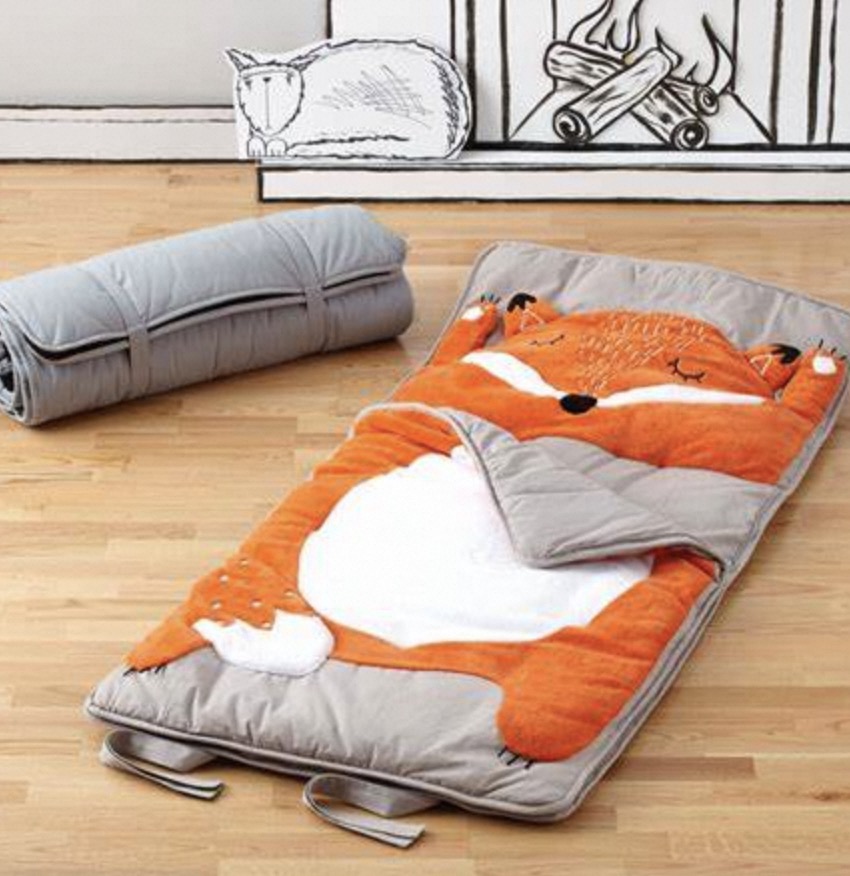
Important Features to Consider
When shopping for kids sleeping bags, several features stand out as particularly important.
- Temperature Rating: Ensure the sleeping bag is suitable for the climate in which it will be used. Check the temperature rating and consider your child’s warmth needs.
- Size: The sleeping bag should match your child’s height, offering enough room to grow but not so much that it compromises warmth.
- Ease of Cleaning: Opt for machine-washable fabrics to make life easier, especially since kids are prone to spills and accidents.
- Safety: For younger children, avoid sleeping bags with cords or loose parts that could pose a safety risk.
Ensuring Safety and Comfort
Safety is paramount when it comes to children’s products, and sleeping bags are no exception.
- Always follow the manufacturer’s age recommendations.
- Teach your child how to properly use any zippers or closures to prevent accidental entrapment.
- Regularly inspect the sleeping bag for wear and tear, repairing or replacing it as necessary.
Making Sleep Fun with Kids Sleeping Bags
A sleeping bag can be more than just a place to sleep; it can be a part of play. Many kids enjoy using their sleeping bags for imaginative play during the day, transforming living rooms into campsites and building forts with chairs and blankets.
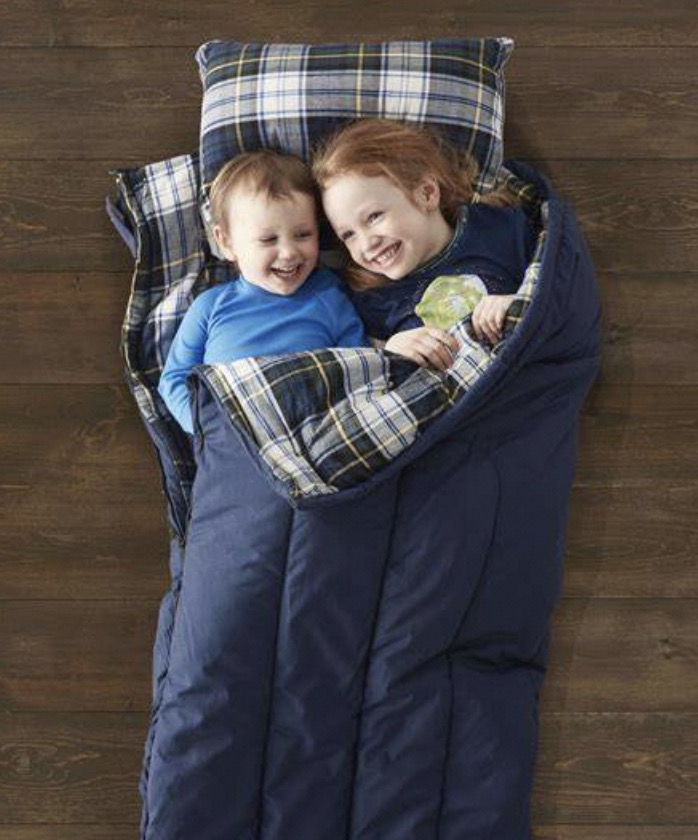
Caring for Your Kids Sleeping Bag
To prolong the life of the sleeping bag and keep it fresh:
- Follow the washing and drying instructions carefully.
- Store it in a dry, cool place out of its compression sack to maintain loft and warmth.
- Air it out after each use to prevent odors.
Adapting Kids Sleeping Bags for Various Seasons
One of the versatile aspects of kids sleeping bags is their adaptability to different seasons. For families that enjoy camping throughout the year, it’s crucial to choose a sleeping bag that can adjust to varying temperatures. Some sleeping bags are designed with removable liners, allowing for extra warmth in winter and a cooler bag during summer nights. Alternatively, using a sleeping bag liner can also provide additional heat retention without the need for purchasing multiple bags. This adaptability ensures that your child remains comfortable regardless of the season, making it a practical choice for year-round adventurers.
Integrating Educational Elements into Sleeping Bag Selection
Selecting a kids sleeping bag can also be an educational opportunity. Parents can engage children in the decision-making process, teaching them about the importance of insulation, the differences between materials, and how to read temperature ratings. Additionally, themed sleeping bags can spark interest in certain animals, space, the ocean, or other educational themes. This involvement not only makes the selection process more fun but also instills a sense of responsibility and ownership over the sleeping bag they choose, potentially increasing their interest in utilizing it.
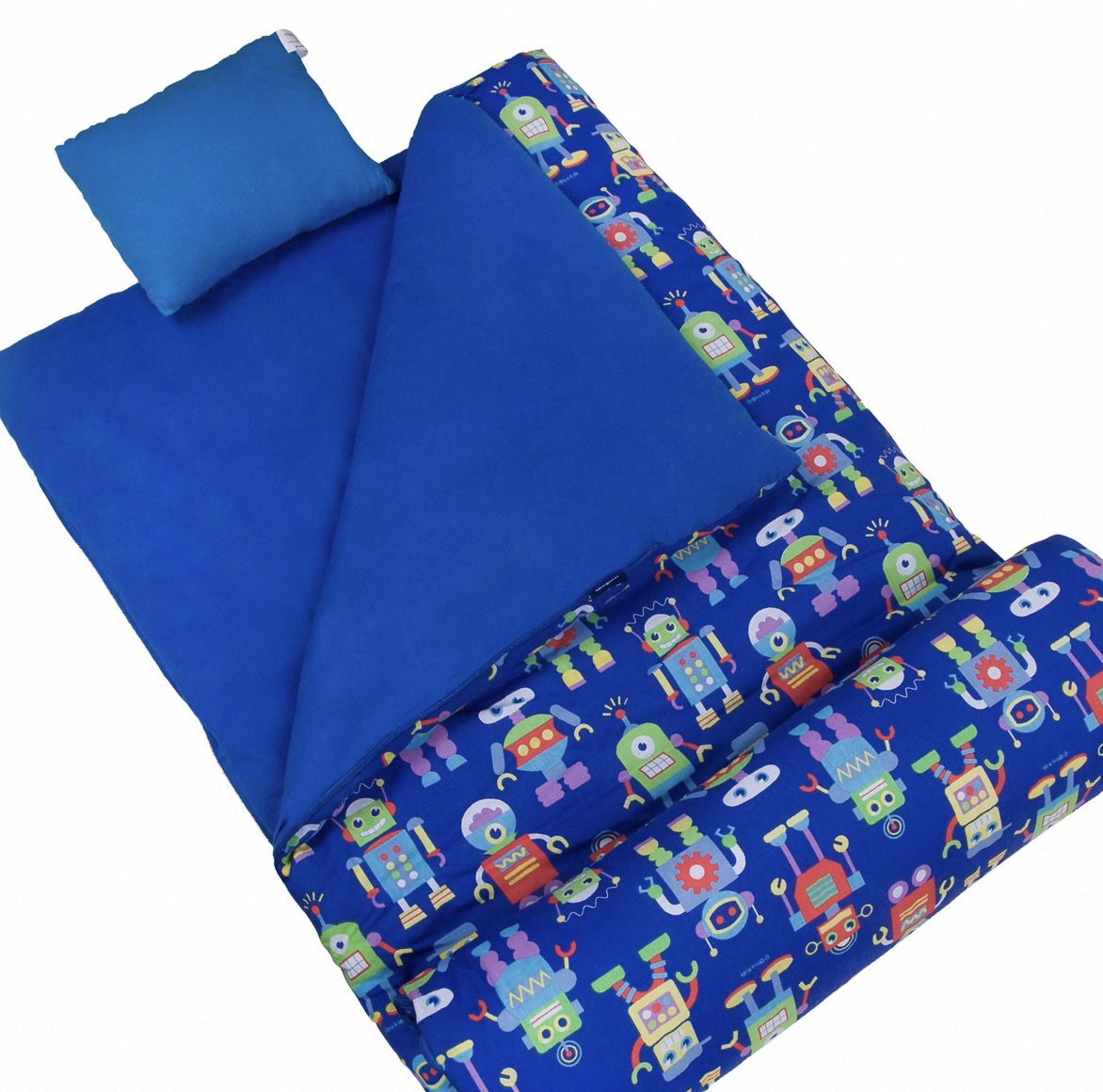
The Social Aspect of Kids Sleeping Bags
Sleeping bags for kids also play a significant role in social development. Sleepovers, camping trips with friends, and family camping excursions are pivotal experiences in a child’s life. Having a personal sleeping bag can give children a sense of independence and comfort when away from home. It’s their personal space in a new environment, offering a sense of familiarity and security among peers. This can ease anxieties associated with sleeping away from home and encourage stronger social bonds through shared experiences.
Future Trends in Kids Sleeping Bags
Looking ahead, the evolution of kids sleeping bags is likely to incorporate more advanced materials and technology for better comfort, safety, and environmental sustainability. We might see the introduction of sleeping bags made from recycled materials or those designed with smart technology to adjust temperature automatically. Additionally, as children’s interests evolve with new trends in entertainment and education, so too will the themes and designs of sleeping bags. Keeping an eye on these trends will ensure that parents can always find a sleeping bag that not only meets their child’s comfort needs but also aligns with their interests and values.
Conclusion:
Kids sleeping bags are a wonderful way to enhance your child’s sleeping experience, whether they’re camping out in the living room or the wilderness. By considering the type, material, and features of the sleeping bag, you can ensure you select one that keeps your child cozy, safe, and excited for their next adventure. Remember, the best kids sleeping bag is one that invites them into a world of comfort and fun, making every night a memorable adventure.
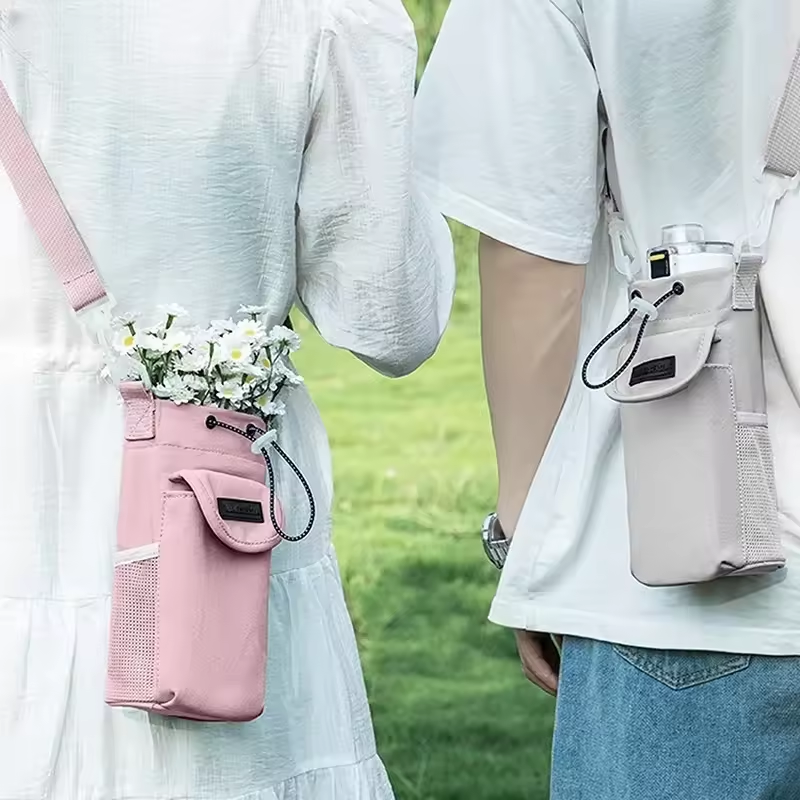

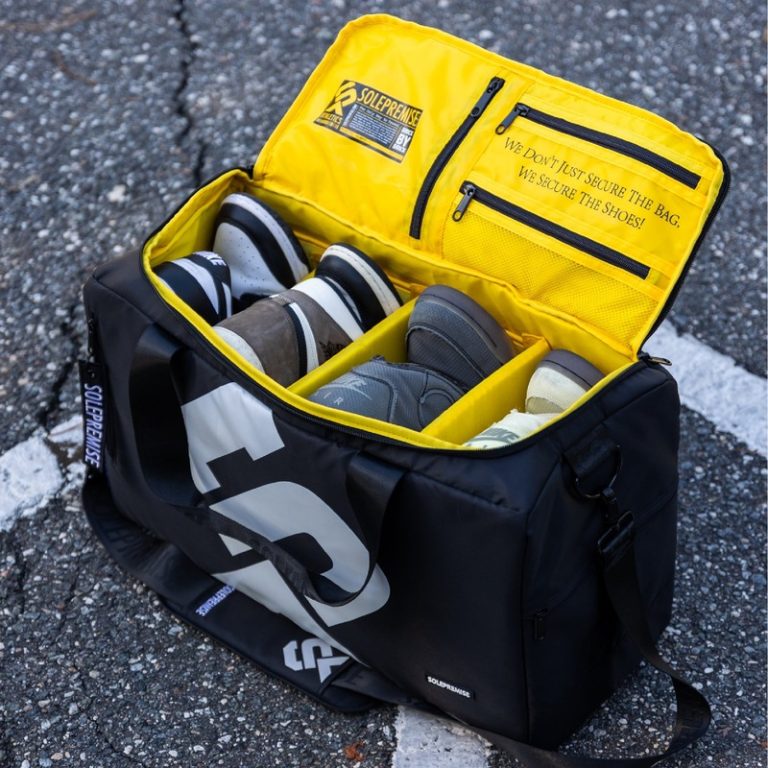










+ There are no comments
Add yours